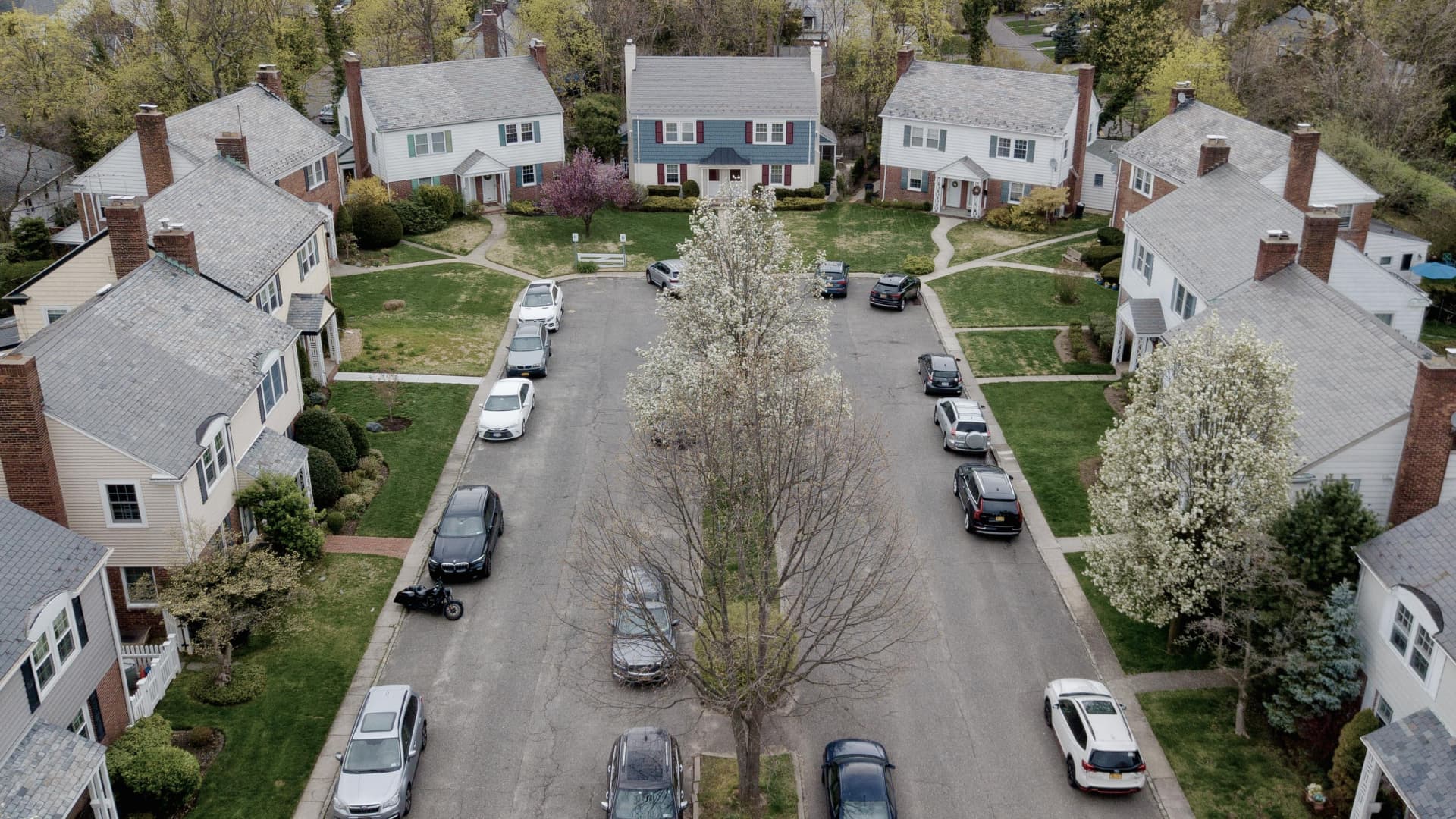Many Americans are house-rich, at least on paper.
Thanks to skyrocketing housing prices, homeowners are now sitting on nearly $30 trillion in home equity, according to the St. Louis Federal Reserve — just shy of the 2022 peak.
That’s roughly $200,000 cash per homeowner in equity that can be tapped, which is the amount most lenders will allow you to take out while still leaving 20% equity in the home as a cushion.
How to tap your home for cash
Up until last year, taking cash out by refinancing was a popular way to access the equity you’ve accumulated in your home. With mortgage rates currently over 7%, that’s suddenly a lot less appealing.
Even with high rates of home equity, borrowers are more likely to take out a second loan to pull cash out, rather than lose their low rate through a cash-out refi.
Otherwise, a home equity line of credit, also known as a HELOC, lets you borrow money against a portion of your home’s equity. Instead of taking out a home loan at a fixed amount, a HELOC is a revolving line of credit, but with better rates than a credit card, that you can use when you want to, or just have on hand.
More from Personal Finance:
Homeowners say roughly 5% rate is tipping point for them to move
More unmarried couples are buying homes together
Some costly financial surprises for first-time homebuyers
Last year, originations of home equity loans and HELOCs increased 50% compared with two years earlier, according to the Mortgage Bankers Association, or MBA.
“Given the nearly $30 trillion of accumulated equity in real estate, there is untapped potential for home equity lending for lenders and borrowers,” said Marina Walsh, MBA’s vice president of industry analysis.
Factor in the terms, rates and risks
When it comes to borrowing against your home, the terms can vary greatly, according to a LendingTree report that analyzed more than 580,000 home equity loan offers across the country.
The average home equity loan amount offered to homeowners is $104,102, LendingTree found. Homes in Iowa had the most favorable terms with an average interest rate of 9.88% — two percentage points higher than the average rate of 7.88% offered in Maryland, the lowest in the nation.
Still, at less than 10%, rates are significantly lower than what it costs to borrow on credit cards, which charge roughly 20%, on average.
However, “it’s not that easy to withdraw money from your home,” said Zillow’s senior economist, Nicole Bachaud. “Not everybody is going to qualify for getting an extra loan.”
Fewer banks offered this option during the height of the Covid pandemic, when lenders tightened their standards to reduce their risk. Access to HELOCs has improved, although the most preferable terms still go to borrowers with higher credit scores and lower debt-to-income ratios.
“Though a home equity loan can be a good way to pay for big expenses, like major renovations, or to consolidate high-interest debt, getting one isn’t without drawback,” added Jacob Channel, LendingTree’s senior economist.
“Not only can qualifying for a home equity loan be more challenging than qualifying for other types of debt, defaulting on a home equity loan can have serious negative consequences,” Channel said. In some extreme instances, defaulting on a home equity loan can mean that you’ll lose your house, he noted.
Even now, “borrowers shouldn’t rush out to get a home equity loan until they fully understand all of the risks associated with them,” Channel cautioned.
Keep in mind that different lenders will also offer different terms and interest rates, Bachaud added. She recommended talking to several mortgage companies or loan officers, as well as weighing all the costs before deciding what makes the most sense.
